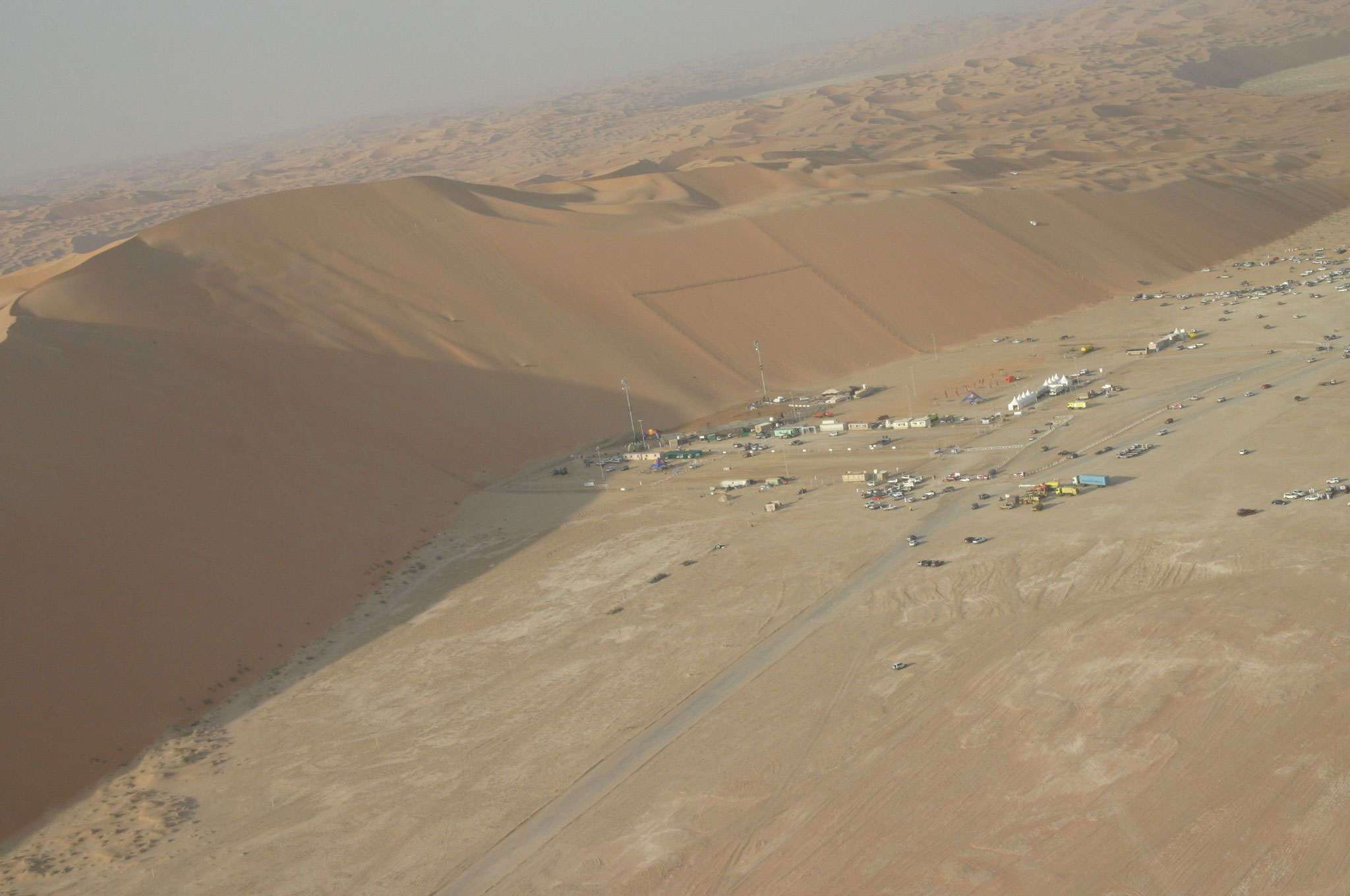My first post explaining what this blog will be all about!
After multiple weeks of anticipation and creativity with my brain, I have finally managed to set up my blog dedicated to my favourite sport of 'Sandboarding'; if you are unaware of the sport, it is a 'Flipped version of snowboarding' as it were. In a nutshell, sandboarding is snowboarding but except it is performed on sand dunes instead of snowy mountain tops or any snow for that matter. Okay, I'm sure that you get the basic jist of this sport now but this blog (or I won't as I'm the only writer), will hopefully try not to brag about the sport all the time and how wonderful it is but try to include philosophies, theories, ideas and forums in the sport as well and anything else related to this subject. What will I expect to see?
I have a treat lined up if you like this sort of stuff as I have ideas flowing in my brain as I type this! For example, I am projected to write up posts with morals and food-for-thoughts as in: "Should there be a sandboarding regulator or body organisation?", "Should there be teams for Sandboarding tricksters?", "How long is a recommended session of the sport?" this list could go on for ages but I'm not going to write them all, you'll just have to wait and see!
When will I expect to see regular posts?
I have plans to post every week (preferably on a Sunday as these days are quiet, traffic filled and tediously boring.) but if there is breaking news on a writing scandal or a coffee shortage for my creative ideas, I shall put this as a blog post at the time but put a "BREAKING" in front of the post.
Who will be contributing to this blog?
This blog has just begun so for now it is just me (Jack), but as a community improves I may be opening positions for voluntary (or maybe paid) roving reporters to put on their views and opinions and get a segment for a post for that week. I am also considering a guest blog and/or a forum so if you (the loyal followers) find something interesting related to sandboarding or anything similar then you can by all means post it to your guest blog and I will be sure to stumble upon it! Word to the wise here, I have a C grade in GCSE English Language so my writing and presentational skills may be a little sloppy at some times and if you do notice this please feel free to leave a comment and feedback will be greatly appreciated as I intend to work this blog around you!
I have something to contribute to the blog (whether it would be a video, photo, point to make, idea, etc...) what can I do?
As formentioned, I may be considering opening a guest blog or guest forum but if I haven't done that yet you can leave a comment or send me a message with your ideas/photos/videos about the sport and if I am wanting to know more then I may just feature it on a blog post for a week; of course I will mention that this is from you so I wouldn't have stolen it from you, don't worry!
Can I spread the word and promote this blog on social networks?
Why, of course you can; the more the merrier! I'm the only sandboarding enthusiast and fan in my neighbourhood, college if not my town (either that or I haven't been discovered yet!) but if there is a secret collective of sandboarders and enthusiasts of the sport hiding somewhere in the world, you can come along contribute and read this blog whenever you like! Anyone whether you're a fan or not will be made welcome to this blog and will be made feeling comfortable. You can spread the blog to your FaceBook, Twitter, Instagram, Vine, Snapchat, YouTube, etc... as I've said, the more the merrier!
When will the first post be?
After this one (which could count as a post), next Sunday at around midday (British time) or 7am (US/Canadian Eastern time). I apologise for the wait but this blog post is to simply advertise and promote the blog in a sense and to reveal what will be coming soon. I can reveal that my report next Sunday (a.k.a. the 19th October 2014) will be regarding about 'The History and Origins about Sandboarding' in which I hope to be doing a lot of research throughout the week and giving you some stuff that you might not have known before if I can.
We will begin next week, thank you very much for reading the introduction and I hope you like what you see!
Anyway, that was the introduction over you can read my first report or proper blog post next week and until then I wish you a very good week ahead of you and I look forward to your presence here reading my report! Same time, same place. Take care of yourself.



.jpg)

.jpg)







